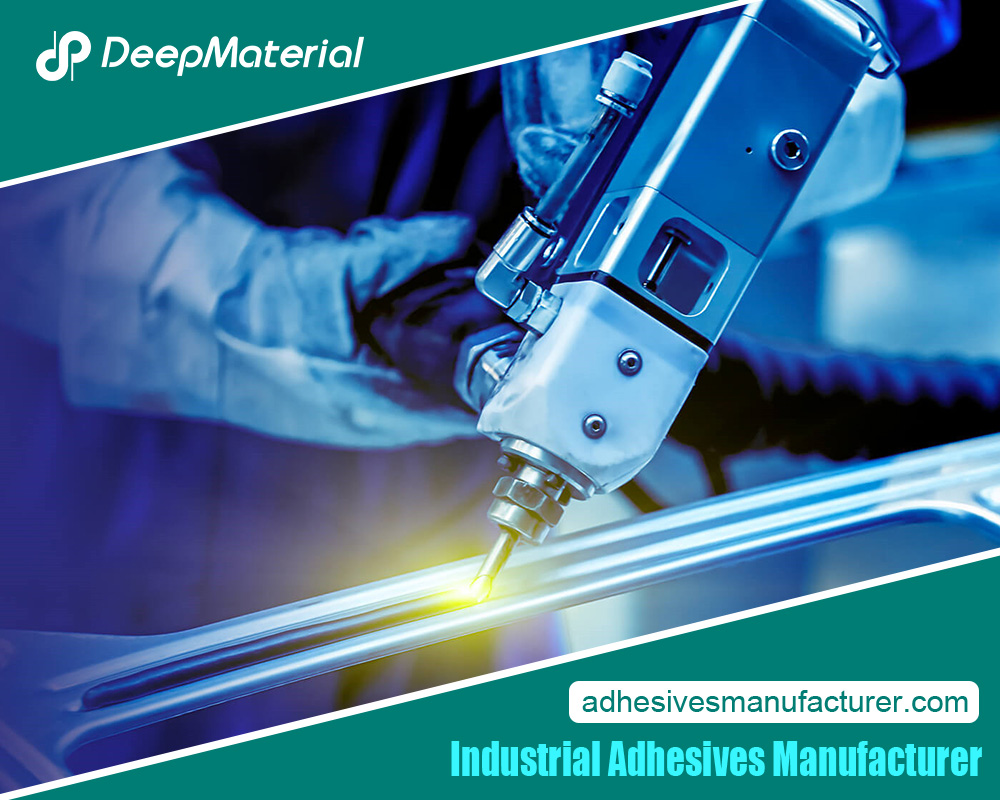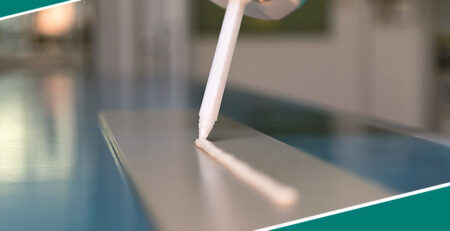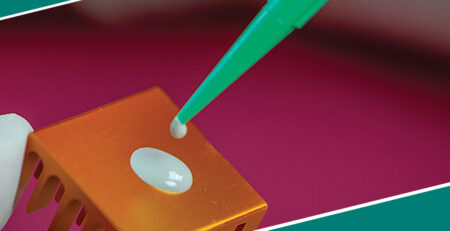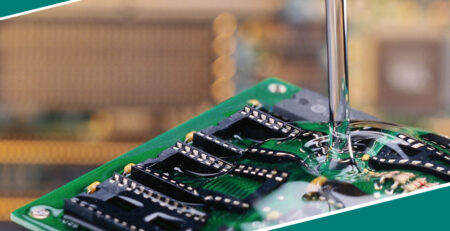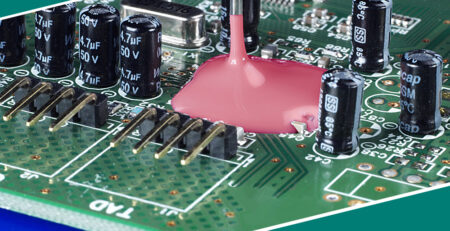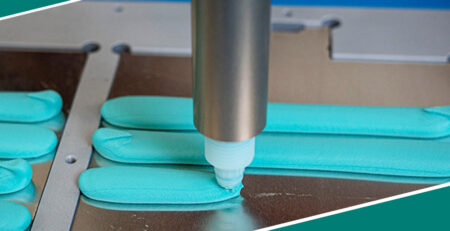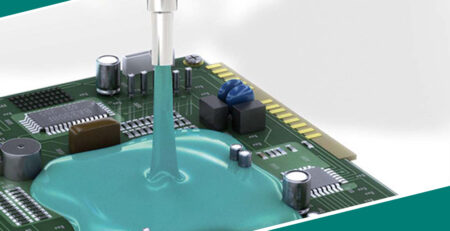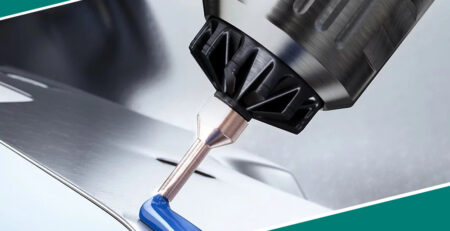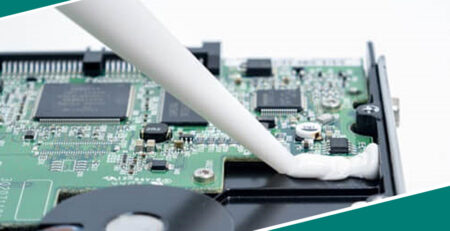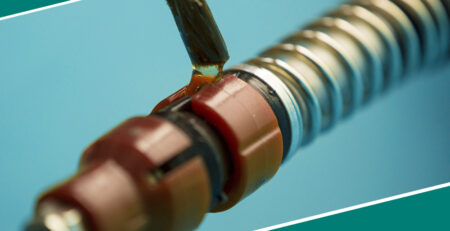2-Part Epoxy Adhesive for Concrete: A Comprehensive Guide
2-Part Epoxy Adhesive for Concrete: A Comprehensive Guide
Concrete, one of the most durable and widely used building materials, often requires repair or bonding in construction projects. Selecting a suitable adhesive for patching cracks, joining concrete surfaces, or anchoring heavy objects is crucial for longevity and strength. Among the many adhesive options available, 2-part epoxy adhesive stands out as a superior choice for concrete applications due to its exceptional bonding properties, versatility, and durability. This article explores everything you need to know about the 2-part epoxy adhesive for concrete, including its composition, advantages, application process, and the variety of uses in construction and repair.
Understanding 2-Part Epoxy Adhesive
Composition of 2-Part Epoxy
A 2-part epoxy adhesive consists of two separate components: a resin and a hardener. When these two parts are mixed, they undergo a chemical reaction called polymerization, transforming the liquid mixture into a solid, durable bond. The resin is typically bisphenol-A-based, while the hardener is often an amine or amide compound. The balance between these components determines the adhesive’s curing time, strength, and resistance to environmental conditions.
Epoxy adhesives for concrete are specially formulated to adhere to rough and porous surfaces, like concrete, ensuring a secure and permanent bond. The two-part system is known for its versatility because it allows the user to control the working time and cure speed depending on the mixing ratio, temperature, and specific adhesive formulation.
How It Differs from Other Adhesives
Compared to traditional adhesives like cement-based or polyurethane adhesives, 2-part epoxy adhesives offer a much stronger bond, better resistance to environmental factors, and flexibility in different applications. They are widely preferred for projects requiring a high-performance bond under harsh conditions or concrete that must bond to other materials like metal, wood, or plastic.
Advantages of 2-Part Epoxy Adhesive for Concrete
Superior Bond Strength
One of the main advantages of 2-part epoxy adhesives is their high bond strength. These adhesives can form strong connections with concrete and withstand heavy loads, vibrations, and environmental stresses. This makes them ideal for heavy-duty applications, such as anchoring machinery to concrete floors or bonding structural elements in construction.
Chemical Resistance
Concrete is often exposed to chemicals in industrial environments or chemical processing plants. 2-part epoxy adhesives are highly resistant to various chemicals, including oils, solvents, acids, and alkalis. This chemical resistance ensures the bond remains intact, even in harsh environments where other adhesives degrade over time.
Moisture Resistance
Moisture can significantly weaken many types of adhesives, but 2-part epoxies are generally resistant to water and humidity. This property makes them ideal for applications where the concrete is exposed to moisture, such as in bathrooms, basements, swimming pools, or outdoor settings.
Versatility in Application
2-part epoxy adhesives are highly versatile. They can be used for various purposes, including repairing cracks, filling voids, patching damaged concrete surfaces, and bonding concrete to other materials like metal, wood, or glass. Their versatility makes them a go-to solution for contractors, DIY enthusiasts, and industrial applications.
Temperature and Wear Resistance
Concrete often experiences extreme temperatures, particularly in outdoor or industrial settings. Epoxy adhesives are well-suited for such environments because they are resistant to high and low temperatures. Additionally, they have excellent wear resistance, making them suitable for high-traffic areas where durability is a crucial concern.
Flexibility and Gap-Filling
Unlike other adhesives that may crack or lose adhesion under stress, 2-part epoxies maintain flexibility even after curing. This flexibility is essential for concrete surfaces that may expand, contract, or shift due to temperature changes or mechanical loads. Epoxy adhesives can also fill gaps and uneven surfaces in concrete, making them ideal for repairs and patches.
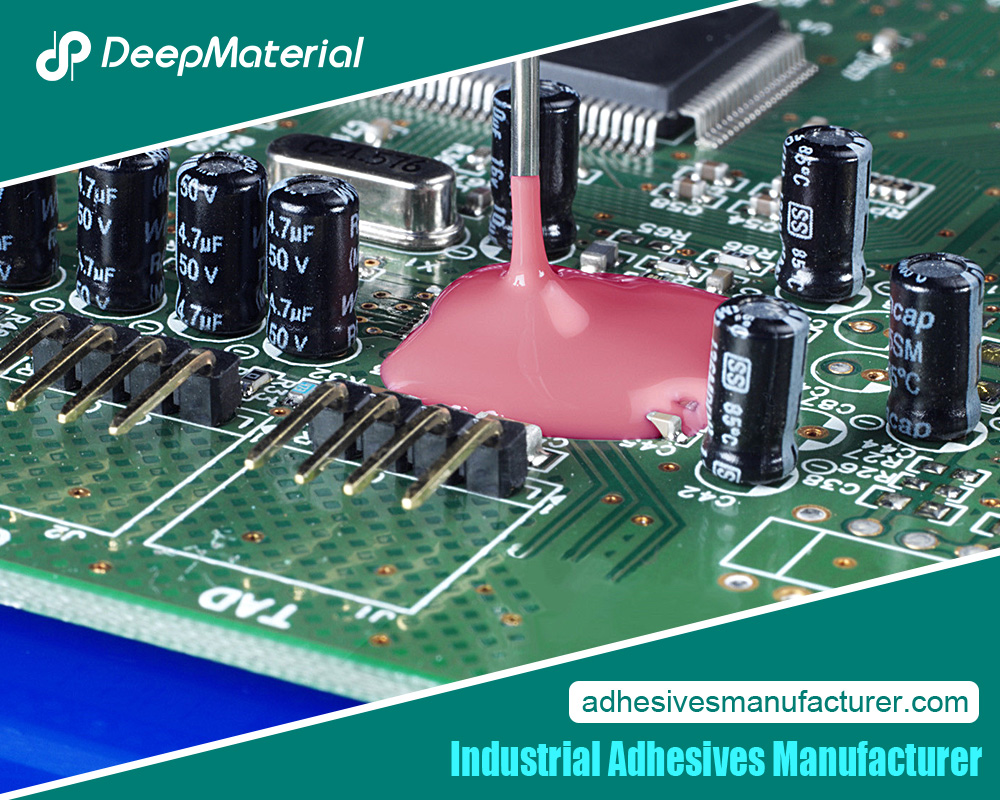 Common Applications of 2-Part Epoxy Adhesive for Concrete
Common Applications of 2-Part Epoxy Adhesive for Concrete
The strength and durability of 2-part epoxy adhesives make them ideal for various applications. Here are some of the most common uses:
Crack Repair
Concrete surfaces, especially older structures, often develop cracks due to shrinkage, settling, or external forces. 2-part epoxy adhesives are commonly used to fill and repair these cracks, restoring the structural integrity of the concrete. The epoxy seeps deep into the cracks, bonding the concrete back together and preventing further damage.
Bonding Concrete to Metal
Construction often requires bonding concrete to metal elements like steel reinforcement bars, plates, or brackets. Two-part epoxy adhesives are ideal for this task because they bond dissimilar materials with high strength. This application is critical in structural repairs, retrofits, and seismic upgrades.
Anchoring Bolts and Fasteners
In many construction projects, bolts, dowels, or other fasteners must be anchored securely in concrete. 2-part epoxy adhesives provide a reliable method for embedding these fasteners, ensuring they can handle high loads and stress without loosening. This technique is often used in industrial settings, such as anchoring heavy equipment or machinery to concrete floors.
Surface Coating and Protection
2-part epoxy can also be used as a protective coating for concrete surfaces. Applying as a thin layer creates a barrier that protects the concrete from moisture, chemicals, and wear. This is particularly useful for industrial floors, garages, and warehouses where the concrete is subjected to heavy use.
Tile and Flooring Installation
Epoxy adhesives are commonly used for installing tiles, stone, or other flooring materials onto concrete surfaces. Their strong adhesion ensures that the flooring remains securely in place, even in high-traffic areas or under heavy loads. Additionally, epoxy adhesives are moisture-resistant, making them ideal for bathrooms, kitchens, and outdoor spaces.
How to Apply 2-Part Epoxy Adhesive for Concrete
Step 1: Surface Preparation
Proper surface preparation is critical to a strong bond with a 2-part epoxy adhesive. The concrete surface must be clean, dry, and free of dust, dirt, oils, or other contaminants. Use a wire brush, grinder, or sandpaper to roughen the surface, which will help the epoxy adhere more effectively. In some cases, a cleaning solution or degreaser may be necessary to remove stubborn contaminants.
Step 2: Mixing the Epoxy
Once the surface is ready, it’s time to mix the epoxy. Follow the manufacturer’s instructions carefully, as the correct ratio of resin to hardener is crucial for proper curing. Pour the two components into a clean mixing container and stir them thoroughly for the recommended time, usually a few minutes, until the mixture is uniform in color and consistency.
Step 3: Application
Apply the mixed epoxy to the concrete surface using a putty knife, trowel, or brush, depending on the size of the area and the specific application. Work quickly, as the epoxy will begin to cure once mixed. Mixing the epoxy in smaller batches may be necessary for larger projects to prevent premature curing.
For crack repair, inject the epoxy into the crack using a syringe or applicator. Make sure the epoxy fills the entire crack, and smooth the surface with a putty knife for a clean finish.
Step 4: Curing
Allow the epoxy to cure according to the manufacturer’s instructions. Curing times can vary depending on the product and environmental conditions, but most epoxies will fully cure within 24-48 hours. During this time, avoid disturbing the area to ensure a robust and durable bond.
Step 5: Finishing
Once the epoxy has cured, it can be sanded, painted, or coated as needed. For surface coatings, additional layers of epoxy may be applied to achieve the desired thickness and level of protection.
Factors to Consider When Choosing a 2-Part Epoxy Adhesive
Curing Time
Epoxy adhesives have different curing times, from quick-setting formulas that cure in minutes to slow-curing epoxies that take several hours or even days. Choose an adhesive that matches your project’s time constraints.
Temperature Resistance
Ensure that the epoxy adhesive you choose suits the temperature conditions in which it will be used. Some epoxies are designed for extreme temperatures, making them ideal for outdoor or industrial use.
Load Capacity
Consider your project’s load-bearing requirements. For heavy-duty applications, select an epoxy adhesive rated for high loads and stress.
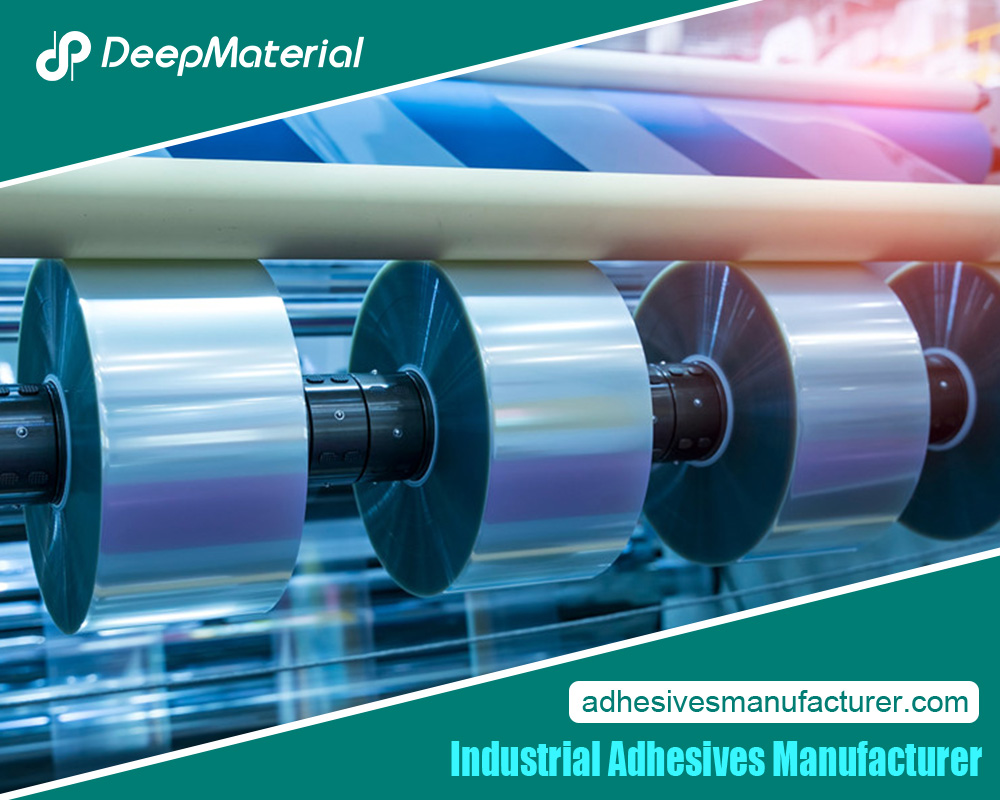 Conclusion
Conclusion
The versatility, strength, and durability of 2-part epoxy adhesives make them an excellent choice for various concrete applications. From crack repair and anchoring to bonding concrete to other materials, epoxy adhesives provide reliable and long-lasting solutions. Proper surface preparation and application are crucial to ensuring a successful bond. Choosing the right epoxy formula based on curing time, temperature resistance, and load capacity will help you achieve the best results. Whether working on a small DIY project or a large-scale construction job, 2-part epoxy adhesives for concrete are an invaluable tool in your toolkit.
For more about choosing the 2-part epoxy adhesive for concrete: a comprehensive guide, you can pay a visit to Deepmaterial at https://www.adhesivesmanufacturer.com/ for more info.

